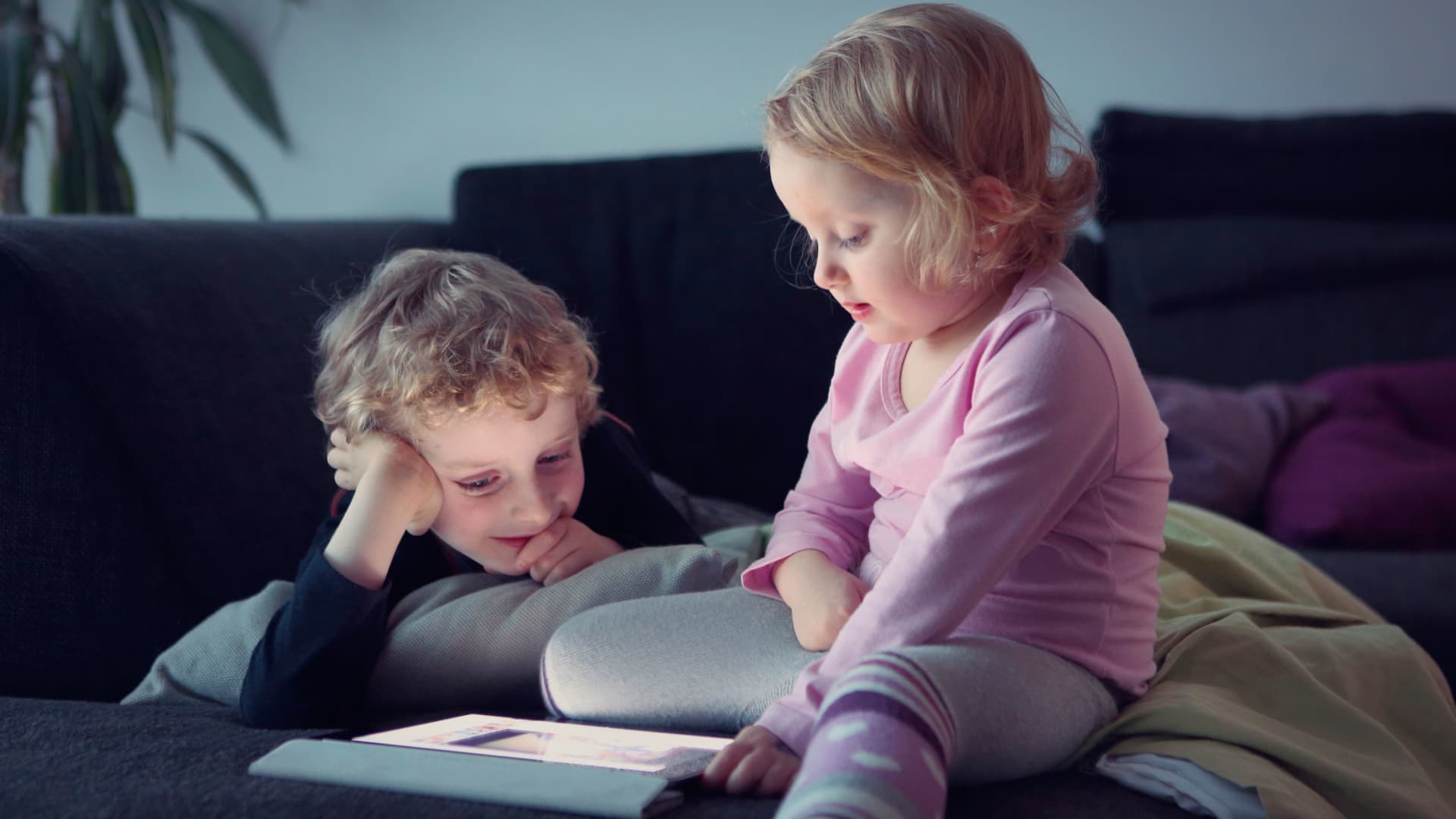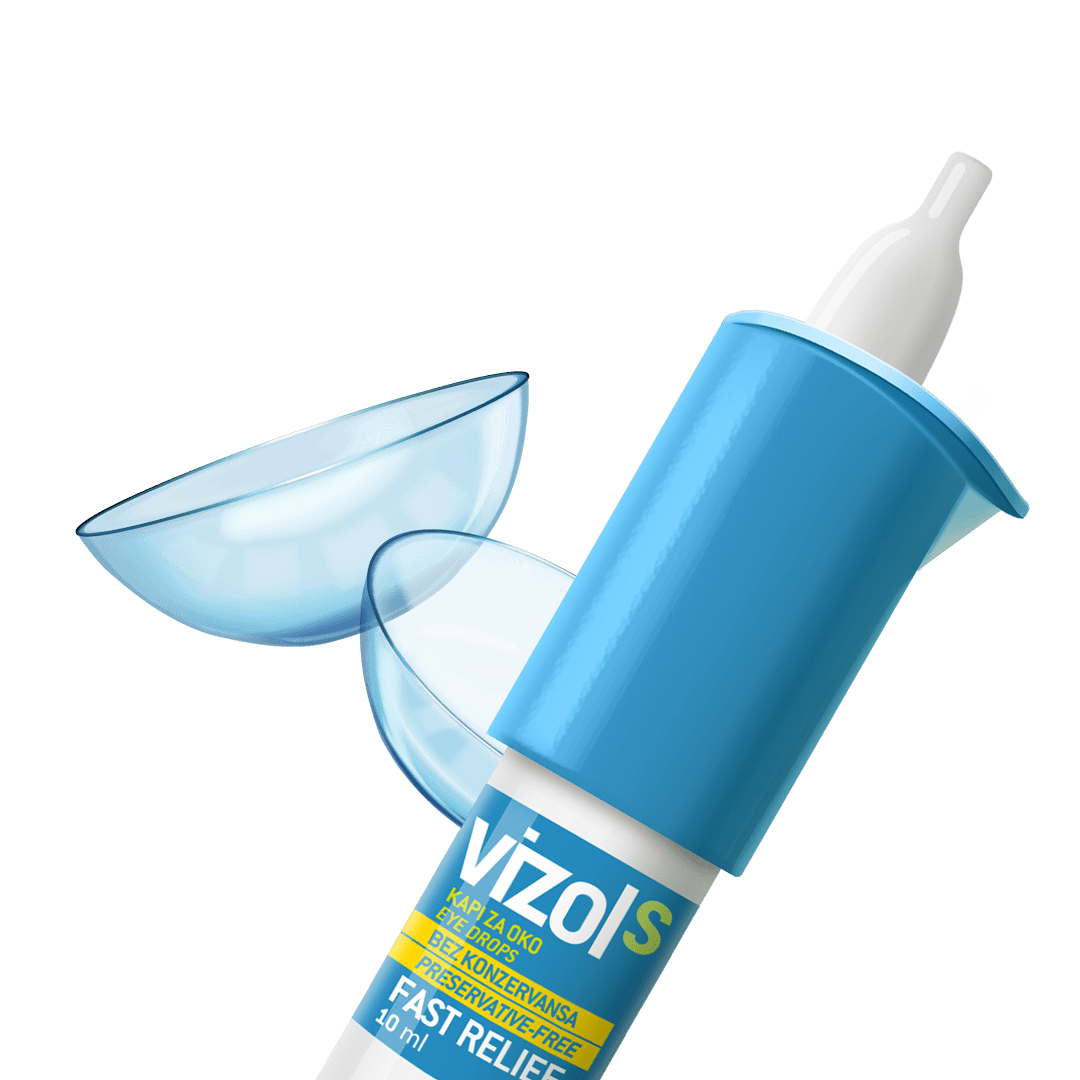How do you know if a child has vision problems?

Most parents think that if their child had vision problems, they would know about it for sure. However, this is not the case for a number of reasons.
First, children often fail to communicate or recognize that something is wrong with their vision. Secondly, many ophthalmic disorders are asymptomatic in the early stages and this makes it difficult to identify and treat them.
How does a child's vision develop?
Infants 0-1 year old
Newborns have poor eyesight - even up close they see blurry. From 6 weeks old, babies' eyes can distinguish between the mother's face and large toys, and from 4-6 months old, follow moving objects with their eyes. At 7-10 months, the child can see not only the foreground, but the entire space of the room.
Children 1-2 years old
By this age, toddlers have well-developed eye-hand coordination: motor and visual perception skills work together to help fingers hold a pencil and draw scribbles, throw a ball at a target, put a spoon in their mouth.
Children 3-5 years old
At 3 years old, the child is ready for a thorough examination by an ophthalmologist. Do not neglect the examination to make sure that the baby's eyes are healthy and vision is developing normally. If any problems are found, the optometrist may prescribe treatment or a prescription for glasses. Most eye problems in children can be corrected if they are caught early.
Children 6-7 years and older
By school, another detailed eye examination will be needed to make sure they are developing correctly. An ophthalmologist will check your vision for nearsightedness, farsightedness, and astigmatism. The eyesight of schoolchildren is recommended to be checked every 1-2 years, at least with the help of rapid screening - it allows you to catch up to 60% of eye problems in schoolchildren. Children who wear glasses should see an ophthalmologist every 12 months.
Signs of vision problems
Usually children do not complain about vision problems, and most parents start to sound the alarm when the child begins to squint or clearly cannot see distant objects or inscriptions. Therefore, it is important to be aware of the non-obvious signs of visual impairment. These include:
- Poor concentration, difficulty understanding material
- Reading difficulties: child rubs eyes while reading, blinks a lot, skips words
- Nausea, dizziness, or headaches after visual exertion
- Clumsiness under sports load, difficulty with body coordination and accuracy while playing with the ball.
- Strong eye sensitivity to light
- Avoiding drawing, coloring, or other eye strain
Obvious signs of a vision problem in a child:
- can't see objects in the distance
- hard to read from the board
- sitting too close to the TV
- constantly rubs eyes, squints
- eyes are often red
If you suspect a visual impairment in your child, contact an ophthalmologist immediately. He will prescribe the necessary treatment and determine whether the child needs to wear glasses.
Myopia in a child
Nearsightedness (or myopia) is the most common visual impairment in school-age children. It usually develops between the ages of 6-15 and is usually corrected with glasses or contact lenses. Undiagnosed myopia in children often interferes with academic success.
Factors contributing to myopia in children:
- Genetic Factors: Parental nearsightedness is often passed on to children.
- Intense prolonged eye strain. For example, reading or using a computer for a long time without interruption.
- Lack of outdoor physical activity. Children who spend most of their time indoors and rarely play outdoors tend to have more nearsighted children. Scientists believe that vitamin D may slow the progression of myopia in children.
How much time can a child spend on a computer and gadgets?
Children under 2 years old are not recommended to use tablets, computers, smartphones - this may affect their development. Children over 2 years old can spend no more than 2 hours a day with gadgets and no longer than 20-30 minutes at a time. It is also undesirable for a child to use a tablet or phone on the road - while driving, the eyes get tired faster.
Unfortunately, now, due to the transition to a remote learning mode and an increase in eye strain, when a child is forced to spend 6-8 hours at a computer, the “dry eye” disease has become much more common in children.
Prevention of vision problems
- What can be done to prevent eye problems in a child:
- Play outdoor ball games (frisbee, ping-pong, tennis) to train hand-eye coordination.
- Solve visual puzzles together (find the differences, go through the maze, complete the puzzle).
- Buy goggles for sports (hockey, tennis, basketball). They will help to avoid 90% of eye injuries.
- Do not let your child play with fireworks or guns.
- Keep away toilet cleaners and other chemicals that can be dangerous if splashed into the eyes.
- Limit the amount of time your child spends on the computer. Encourage children to take 20-second breaks every 20 minutes to minimize eye strain.
- Check the ergonomics of the workplace. The recommended distance between the monitor and the eyes for children is from 45 to 60 centimeters. There should be no glare from the lamps on the screen, the brightness of the monitor should be the same as the lighting in the room.
- Adjust the lighting in the room. Natural light is best for classes, for evening activities you can buy a good lamp.
- Encourage your child to eat dark green vegetables and milk - these foods are good not only for bones, but also for healthy eyes.
- Buy children's sunglasses with 100% UV protection.

